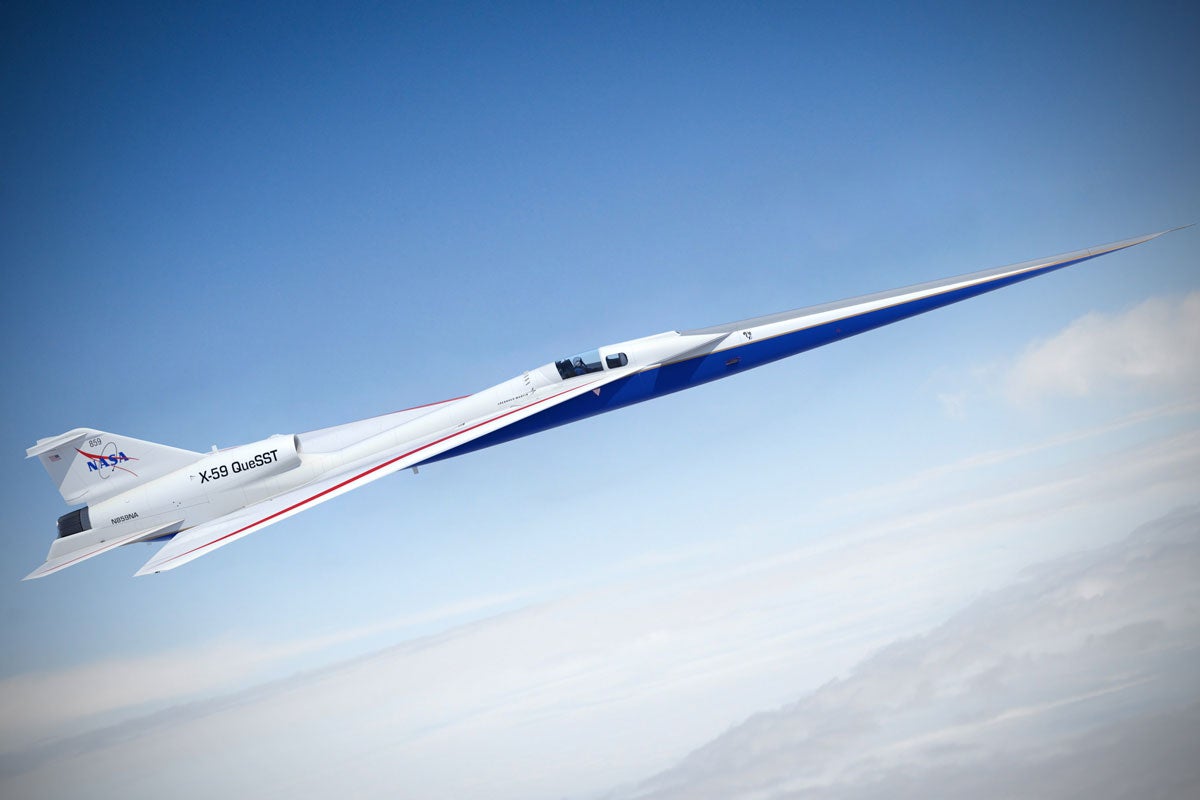Our quest for high speed travel, the kind that will one day have us zipping across continents in just a few hours, began almost immediately after the first powered flight, a little over a century ago. It started with better engines, accompanied by sleek and strong airframes, as designs eventually evolved to achieve a breakthrough in faster-than-sound or supersonic flight just over four decades later.
What followed was the development of unique ‘X-planes’, denoting their experimental research status, each successively breaking airspeed records of the former for what can be achieved in human-controlled flight. The Concorde offered civilian travelers the opportunity to experience high-speed flight, if only in a brief and exclusive way, before bowing out, limited not by technology but cost.
Fast forward two decades later and fast commercial airplanes are making a comeback with the race to build supersonic airliners underway. Meanwhile, various designs for the first hypersonic passenger airplanes, at nearly five times the speed of sound, tease us to dream of a future where time slows down just a little for us to accomplish more and the space between us gets smaller to connect more.
In fact, the small edge we gain over time and space is likely the biggest driver behind this need for speed, along with perhaps the thrill of achieving daredevil status.
Hypersonic flight that gets us halfway across the world in just two hours is a game-changer in mobility with the potential to alter life as we know it. Exploration and the education that comes with it will get a boost. Social, cultural and language exchange will be vibrant. Response in support of disasters around the world can be vastly improved. Yet the caveat that comes with most technological advances applies here as well, as the benefits of access leave an open path for threats. This in itself has slowed progress in the vast and interdisciplinary scientific fields that govern hypersonic flight.
The race to achieve hypersonic travel is riddled with technological challenges to which some of the answers lie disparate among researchers working in isolation in various regions of the world.
The seemingly easy transition over the last decades to achieving high speed flight is not to be taken lightly. Supersonic flight faced major challenges in noise from the sonic boom as the aircraft transitions to reach speeds faster than the speed of sound.
Current technologies to counter these include designs of jet mixers and nozzles, new materials that absorb sound and operational strategies that reduce the impact flight profiles over land. However, the innovation needed to overcome challenges in achieving sustained hypersonic flight, at more than five times the speed of sound, are vastly more complex.
Air breathing engines or scramjets, named such for their use of oxygen from the atmosphere for propulsion, show promise in achieving efficiency to meet these speeds. Still, innovation in new fuels is needed for sustainability.
The extreme heat generated from the friction of the fast-moving air over the aircraft leading edges create temperatures in the order of 3500 degrees Fahrenheit, which is beyond that which any given material can take without rapid deterioration. The formation of a plasma sheath around the surfaces of wings and leading edges due to the extreme speeds interferes with radio communication. Detection technologies for material integrity and behavior are vastly lacking. Navigating regulatory bodies for flight and meeting standards for operation in airspace will take significant time and effort.
As daunting as these challenges appear, they have not impeded the momentum of researchers and engineers, many of them working tirelessly in research laboratories and startups to creatively conceptualize and test new and original solutions.
One might mistake this rush to achieve hypersonic travel as a sign of our collective impatience to ‘get there faster’. Contrary to this, faster flight gives us the power to cheat time so we can take it slow and deepen our experience wherever our destination may be.
Going fast is truly the portal to chasing many sunsets in this single ride we call life.
Seetha Raghavan is a professor in UCF’s Department of Mechanical and Aerospace Engineering. She can be reached at seetha.raghavan@ucf.edu.
The UCF Forum is a weekly series of opinion columns from faculty, staff and students who serve on a panel for a year. A new column is posted each Wednesday on UCF Today and then broadcast on WUCF-FM (89.9) between 7:50 and 8 a.m. Sunday. Opinions expressed are those of the columnists, and are not necessarily shared by the University of Central Florida.




